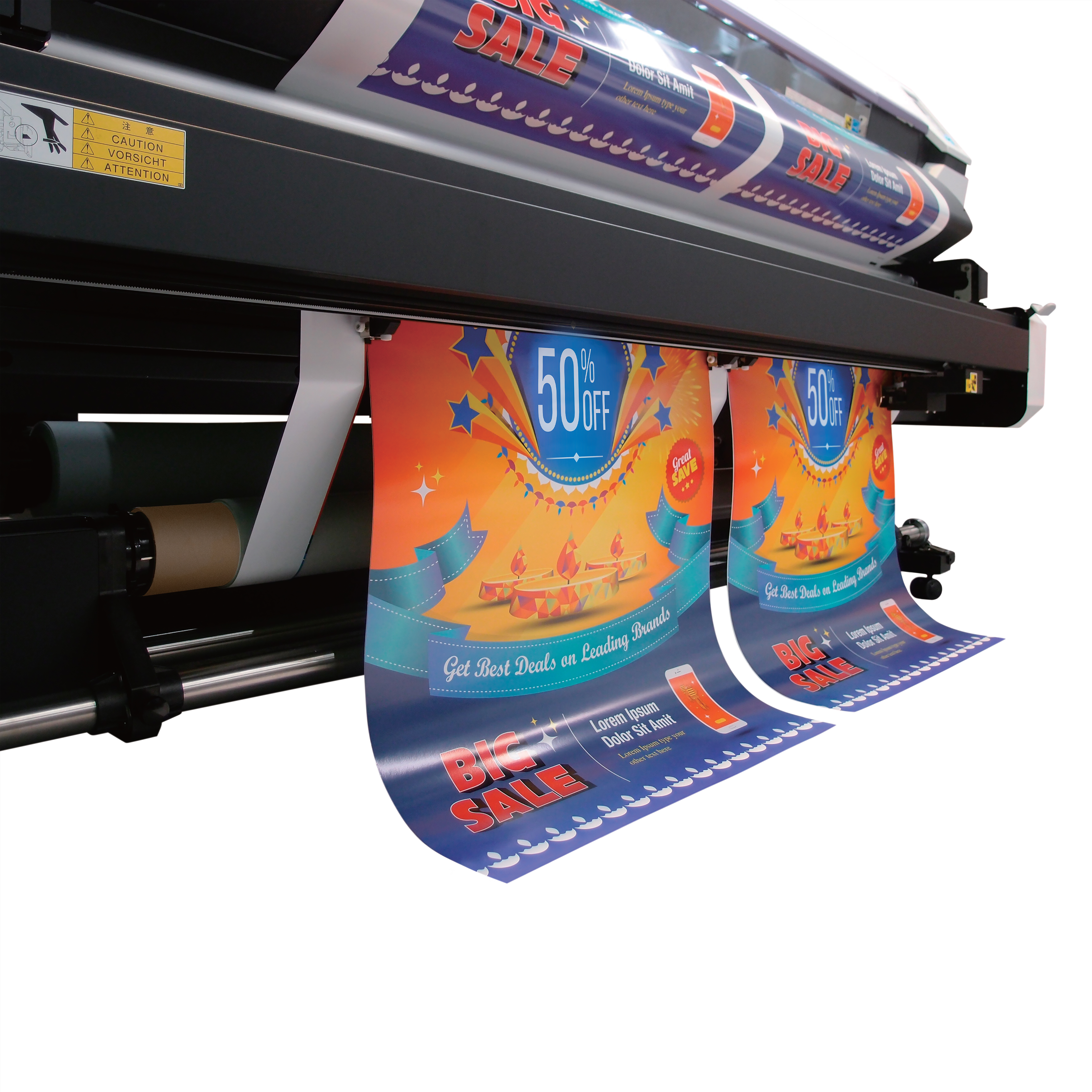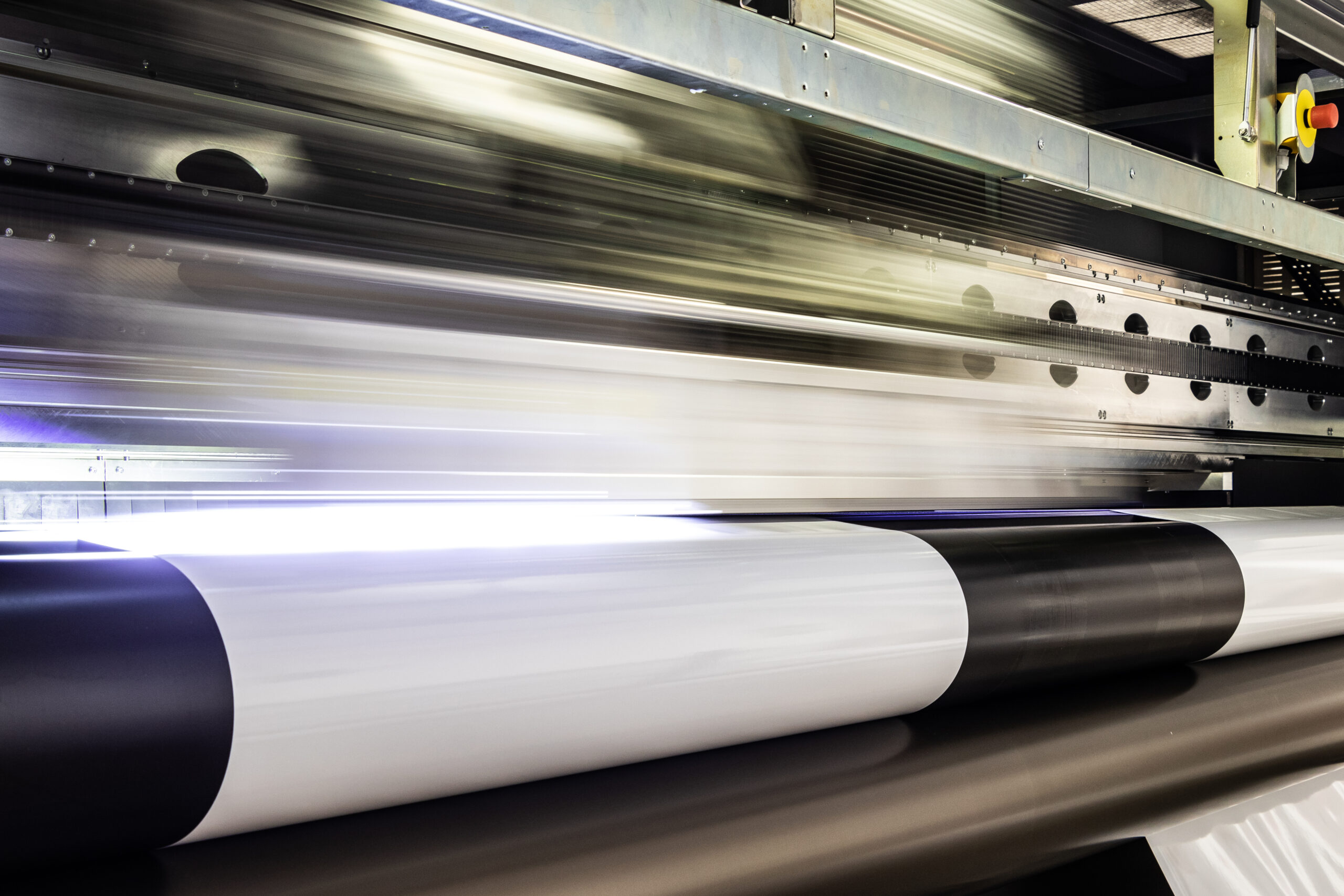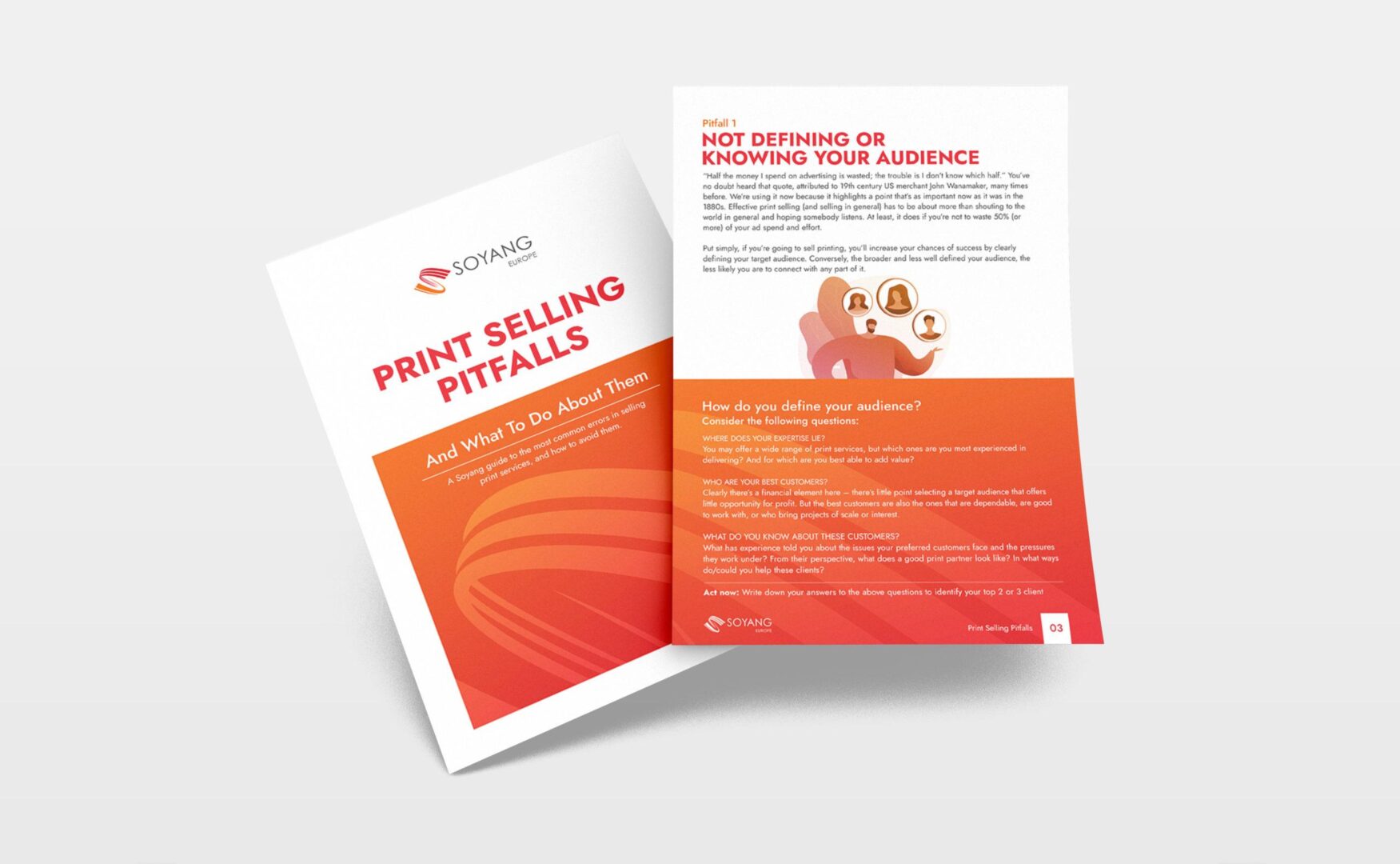A better quality product. A boost to productivity. A bigger slice of profit. If you’ve been wondering how to make your print business more efficient, print workflow automation is the answer you’re looking for.
What is print workflow automation?
Before automation printing became commonplace, every print shop and print specialist would have their own way of working. Unique to them, it would have ensured that projects were completed to the required deadlines and standards.
Once established, it tended not to change a great deal. This meant that if there were faster, better, cheaper, more efficient ways of working, they would likely remain a mystery.
Print workflow automation enables print companies to use technology in ways that increase efficiency, productivity, reduce waste and/or cut costs.
A print management system, for example, can optimise a printer’s energy costs. Automated imposition (that is, the process of arranging materials for print in a way that reduces waste and speeds up printing) can save a print specialist time and potentially do the job in a more efficient, AI-enabled way.
However good your print company is, print workflow automation makes it better.
What print tasks can be automated?
There’s a huge range. No print shop will adopt everything that’s available but the evidence suggests the more automation a print business adopts, the greater its overall beneficial impact.
Broadly speaking, print workflow automation can be split into three categories.
Automation printing: The first category specifically relates to getting the print work done. Automating tools such as pre-flighting (the process of confirming you have all the digital assets you need for a job), asset management, imposition and postpress (cutting, binding etc) all help smooth a project’s production journey.
Process management: Less connected with the print and more with the workflow, these tools help streamline estimating, scheduling, shipping and inventory management.
Business management: A further step away from the coalface of actual print production, customer relationship management (CRM) systems, data collection, cashflow forecasting, cost management and marketing automation tools help you refine and target your marketing activities to retain clients and attract new ones.
Benefits of printing automation #1: Boost productivity
Highly automated workflows enable print companies to produce considerably more than organisations with limited use of automation.
That probably won’t sound remotely surprising, but the scale of the difference might. According to the survey by Printing Impressions referenced earlier, companies employing high levels of print automation deliver more than 2.5x the number of jobs in a day compared with low automation print companies.
Clearly, the nature of the print work will influence the details, but the overall trend is clear. You can get a lot more done when you automate, which opens up the possibility not just of delivering more of the services you already offer, but of offering new services.
Benefits of print workflow automation #2: Reduce errors
Automate everything from messaging to billing to the print process itself and you reduce the potential for human error. The more errors you remove, the less rework you need, which results in less waste, less time, less money and less stress.
Benefits of print automation #3: Improve quality
Automate your image quality standards, for example, and you don’t need to make a subjective assessment of colours, resolution and readability.
When the system does it for you, you waste less time and money because you can resolve issues before print stage. Across the workflow, similar automated interventions can improve quality at multiple stages.
Benefits of printing automation #4: Reduce bottlenecks
In any industry, bottlenecks are the pinch points where work backs up, often due to process inefficiencies. In Printing Impressions’ survey, high-touch processes (that is, processes requiring the most manual interventions) were the biggest cause of bottlenecks.
Automation is the simplest antidote to such issues.
Benefits of print workflow automation #5: Improve service standards & turnaround times
As a direct and inevitable consequence of all the above—from eliminating errors to increasing production efficiency — the more you automate, that faster work gets done. That leads not just to faster turnaround times, but the increased ability to handle urgent projects and small-quantity orders which may previously have been economically unviable.
All of which impacts the bottom line…
Benefits of printing automation #6: Increase profits
Small gains can have a big impact, and print workflow automation can usher in countless small (and not so small) gains. Depending on the specific system, it can ensure you waste less print material.
It can make more efficient use of energy or ink. It can ensure emails and invoices aren’t missed. It can ensure more print jobs are completed right first time. It can help you retain and attract more business.
Individually, any of them can help boost profits. In combination, the effect can be transformative.
So if print automation isn’t yet a significant part of the way you work, it’s probably time to change.









